Research from Nationwide Building Society shows the average UK house price rose by 0.2% in June which is a significant drop from May’s figures.
The data, which was released this morning, outlined that the modest monthly growth leaves the average house price in the UK at a whopping £266,064 – an increase of 1.5% from this time last year.
News of the slow house price increase has come just two weeks after the Bank of England announced they would be keeping interest rates at 5.25% – a decision that has held back buyer activity. The figures recorded in June rose at a slower rate in May – when house prices increased by 0.4% month on month.
‘While earnings growth has been much stronger than house price growth in recent years, this hasn’t been enough to offset the impact of higher mortgage rates, which are still well above the record lows prevailing in 2021 in the wake of the pandemic,’ Robert Gardener, Nationwide’s chief economist, said.
‘For example, the interest rate on a five-year fixed-rate mortgage for a borrower with a 25% deposit was 1.3% in late 2021, but in recent months this has been nearer to 4.7%.’
‘As a result, housing affordability is still stretched,’ Gardener continued. ‘Today, a borrower earning the average UK income buying a typical first-time buyer property with a 20% deposit would have a monthly mortgage payment equivalent to 37% of take-home pay – well above the long-run average of 30%.’
In addition to showcasing a slow rise in prices, Nationwide’s figures also highlight the number of transactions for properties is down by 15% compared with 2019, when prices were at a record high.
Looking at the research more closely, the North of England and the Midlands were found to have the quickest house price increases whereas in the South prices fell by 0.3%. London was the best-performing southern region, with annual price growth maintained at 1.6%. East Anglia was the weakest-performing region, with prices down 1.8% year on year.
The news of slow growth has come as a shock as at the beginning of this year economists had theorised that the Bank would cut rates as soon as May or June.
However, Daniel Austin, CEO and co-founder at ASK Partners, has claimed that although it seems to be slow, the property sector is improving.
Austin said: ‘The property sector is recovering. Rent values have seen sustained growth, positioning real estate as reasonably valued in comparison to gilts and presenting growth potential.
‘In the realm of commercial real estate, factors like physical condition, location, and age significantly influence a property’s value. Well-maintained properties boasting modern amenities tend to command higher prices, while neglected ones may struggle to attract tenants or investors. In the current market, the emphasis has shifted towards the importance of location and quality over the yield on debt or cost. We anticipate opportunistic acquisitions of prime properties in prime locations.’
‘A RICS survey uncovered that non-traditional market segments, such as aged care facilities, student housing, data centres and life sciences real estate are yielding the most robust returns. With housing set to be a battleground point in this week’s election, we hope to see a long-term plan for new homes, including social housing, however, we expect we will see more short-term fixes,’ Austin added. ‘Stimulus will be welcome but can create unnecessary froth. A stamp duty holiday or reprieve may be a welcome sign.’
‘For developers, eased planning regulations for brownfield sites and conversions will be popular. However, the new government will be faced with a challenge – striking a balance between trying to increase housing supply and therefore affordability by supporting developers and private landlords who do not want to see greenfield development. The planning system remains hotly political and as a result, landlords and developers are unlikely to see much in their favour.’
Below you will find a breakdown of the average costs of homes according to Nationwide’s research throughout the UK:
- Northern Ireland: £190,000
- North West: £213,580
- Yorkshire and the Humber: £206,653
- North: £213,580
- London: £525,248
- West Midlands: £242,873
- Scotland: £181,186
- Wales: £207,650
- East Midlands: £231,745
- Outer Metropolitan: £418,919
- South West: £301,139
- East Anglia: £270,597
- Outer South East: £331,995
Images: Pexels and Kai Pilger

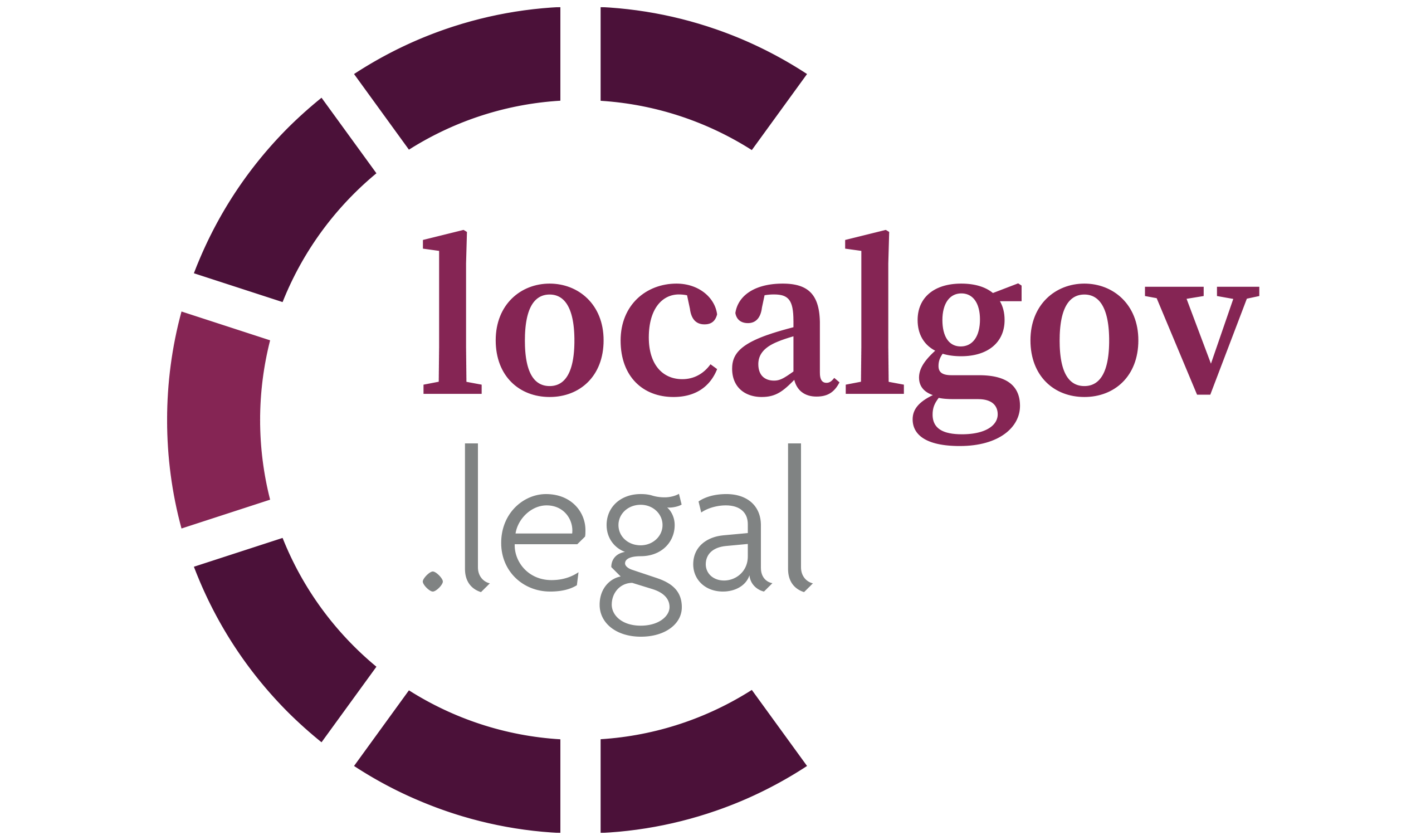

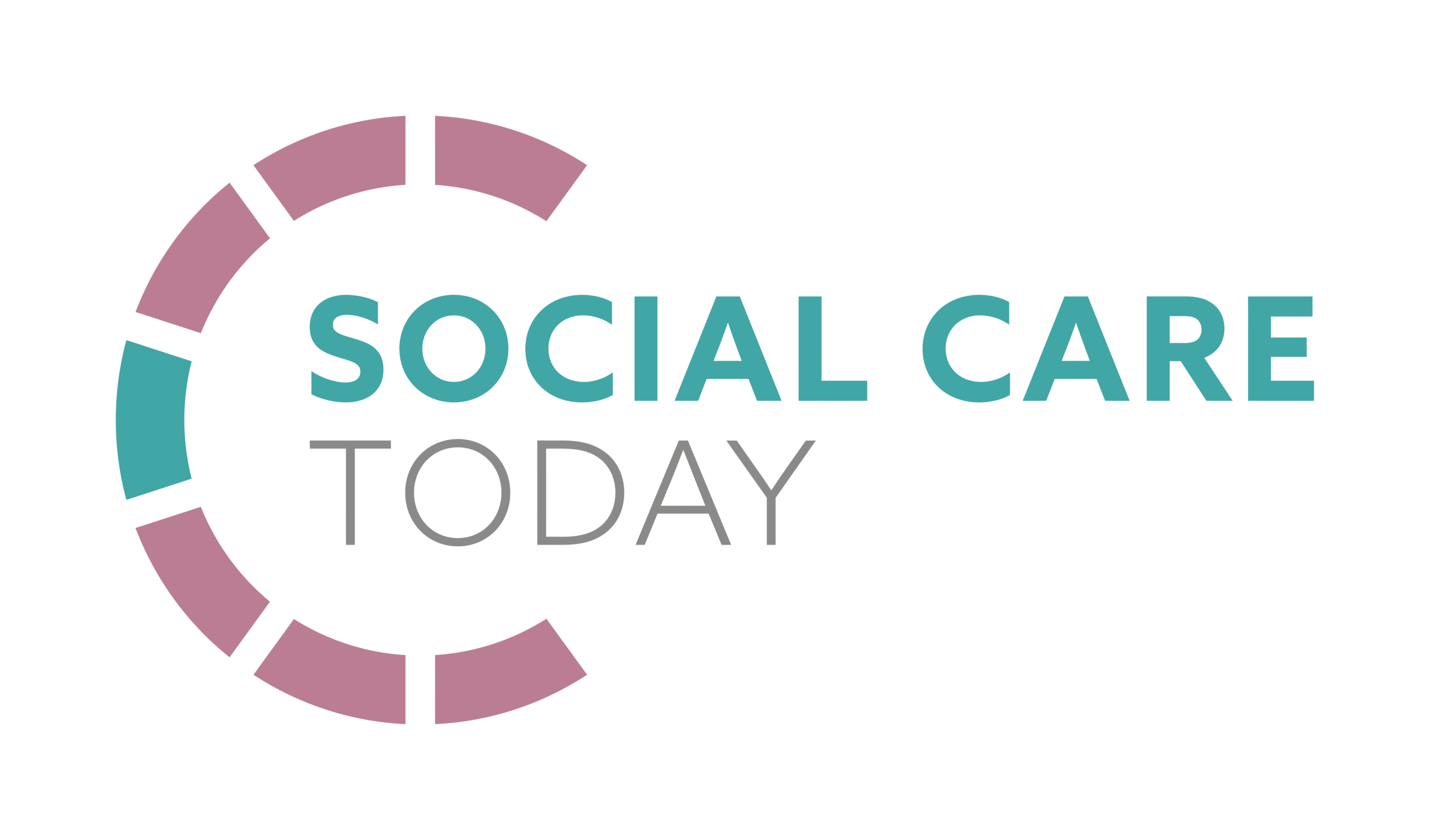




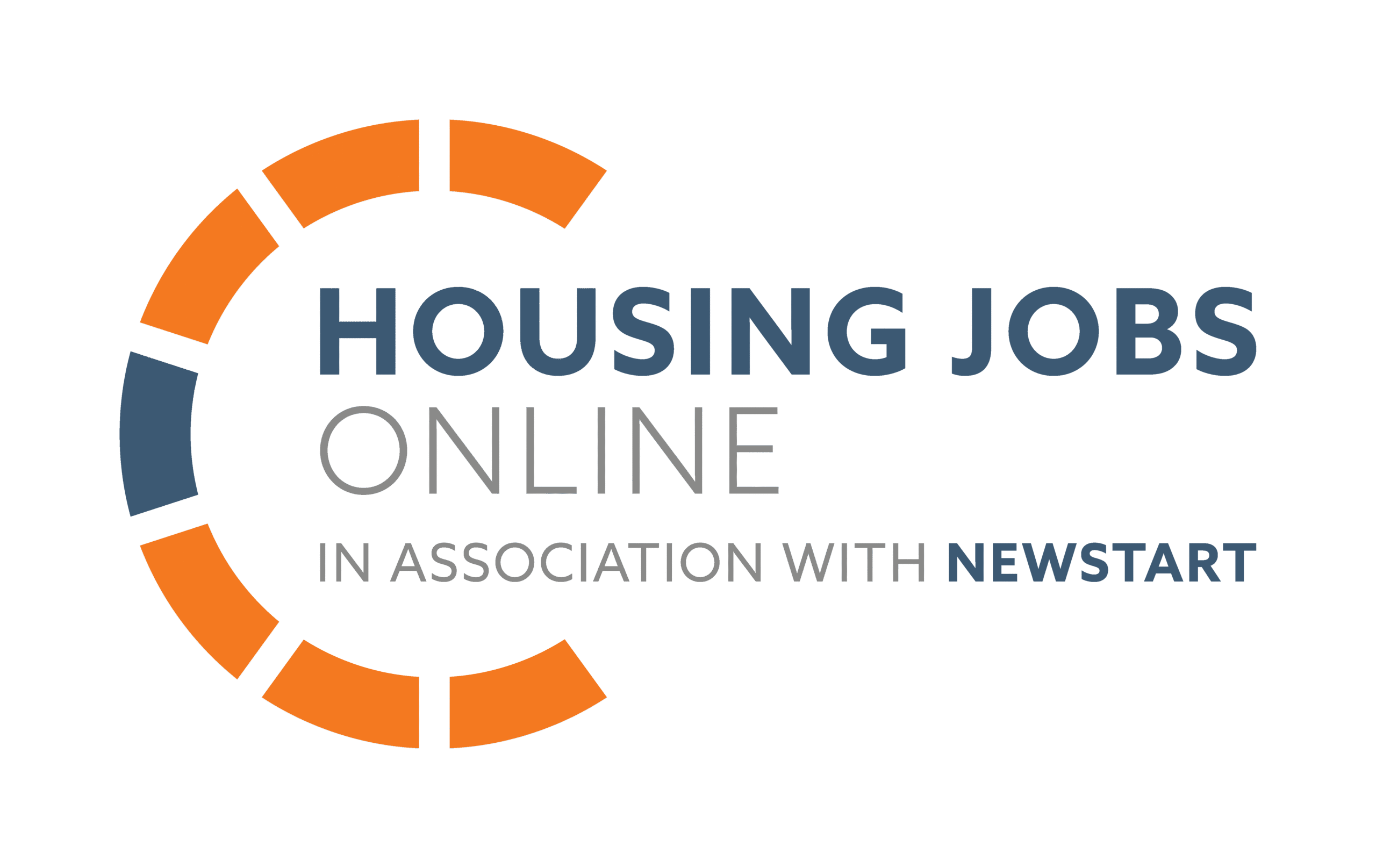


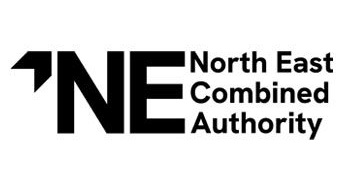
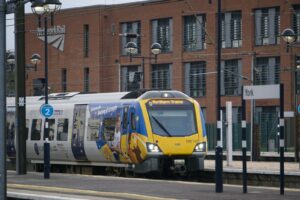
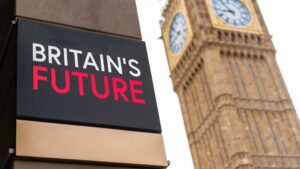
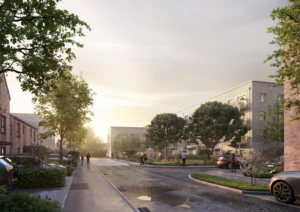



Leave a Reply